
|
|

|
YOU ARE HERE:>>Mystery artefacts>>what is this, section 5, page 7.
Gary asks
21st November 2012
This is a metal detecting find in a field is near Badbury rings, in Dorset.
The British Museum don't seem to know what it is.
19mm top of head to bottom, 16mm wide and 11mm deep.
Weighs 6.2 grammes.

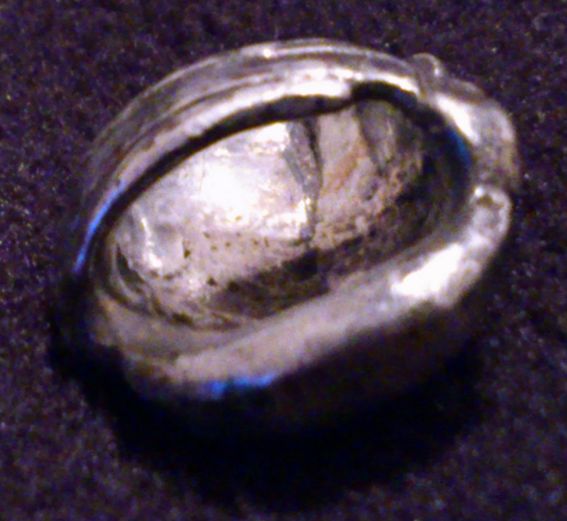

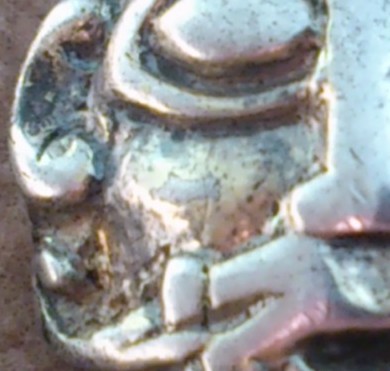
Looks rather Celtic.
Be interested to se if anyone passes by who knows more accurately.
From Moll:
22nd November
It most resembles a Viking or a Anglo-Saxon face also with the interlaced mustache. (but it has a bit of a modern feel to it.)
See here different faces in Viking art: http://tinyurl.com/cgaz4wy
From HarryPagetFlashman
This looks like something copied from and/or inspired by illustrations from the Book of Kells (late Celtic, rather than Nordic). I say "copied from" or "inspired by" those illustrations chiefly because the resemblance seems just a bit too "studied" and stylized to be authentic (even allowing the influence which Celtic metalwork had on early medieval Celtic illuminations and illustrations).
For reasons I find hard to fully express, this just strikes me as an (admittedly artful) modern "memento" (not unlike the wonderful jewelry pieces, based on items in their collection, which are sold by, among others, the Metropolitan Museum in New York or the Vatican Museums in Rome).
That said, I have no reason to gainsay the claims made about the item's discovery, but I do have to wonder, if this really was a serendipitous metal detector find, why there is not more detail provided about that discovery. I mean, what archaeological associations was it supposedly discovered with? Was there any historical reason for it to have been where it was supposedly found? Was the area where it was supposedly found a generally "fruitful" one or is this a rather singular find?
I find the lack of context and of additional details about the piece's discovery a bit disconcerting. I mean anyone can claim that they discovered something in, e.g., a previously unopened, 3,000 year old tomb, but what do we really know about this one's actual discovery? Obviously, the more compelling the circumstances of the find are, the less cause there is to doubt the object, even though the object, itself, raises some suspicions.
Unfortunately, all I know is what is claimed and shown and I would hate to calumniate someone merely on the basis of supposition and suspicion. That said, my "gut" says that it is a modern production. A nice one, but a modern one.
From Gary
The find location is Spetisbury, Dorset and other finds are 20 silver hammered coins, 3 matrix seals, 2 Celtic coins, various coin weights, some Roman coins and artifacts, a couple of gold posy rings and a Limoges figurine of St Mary.
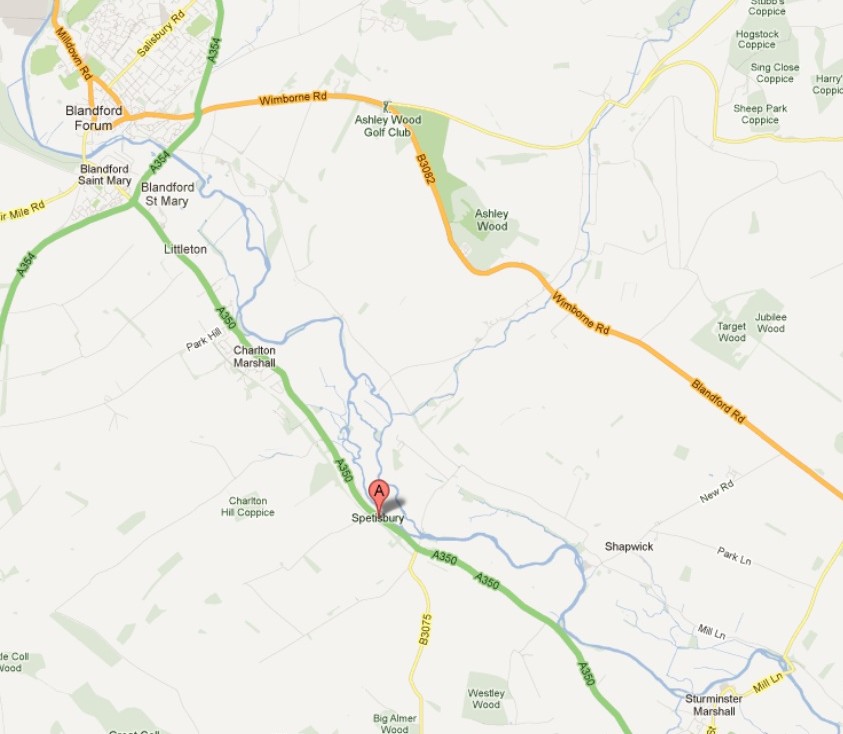
Whereas one can find stylistically similar artefacts categorized as "Celtic", such as these.....
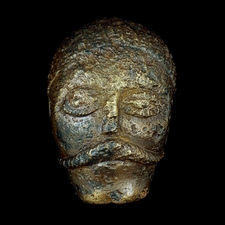
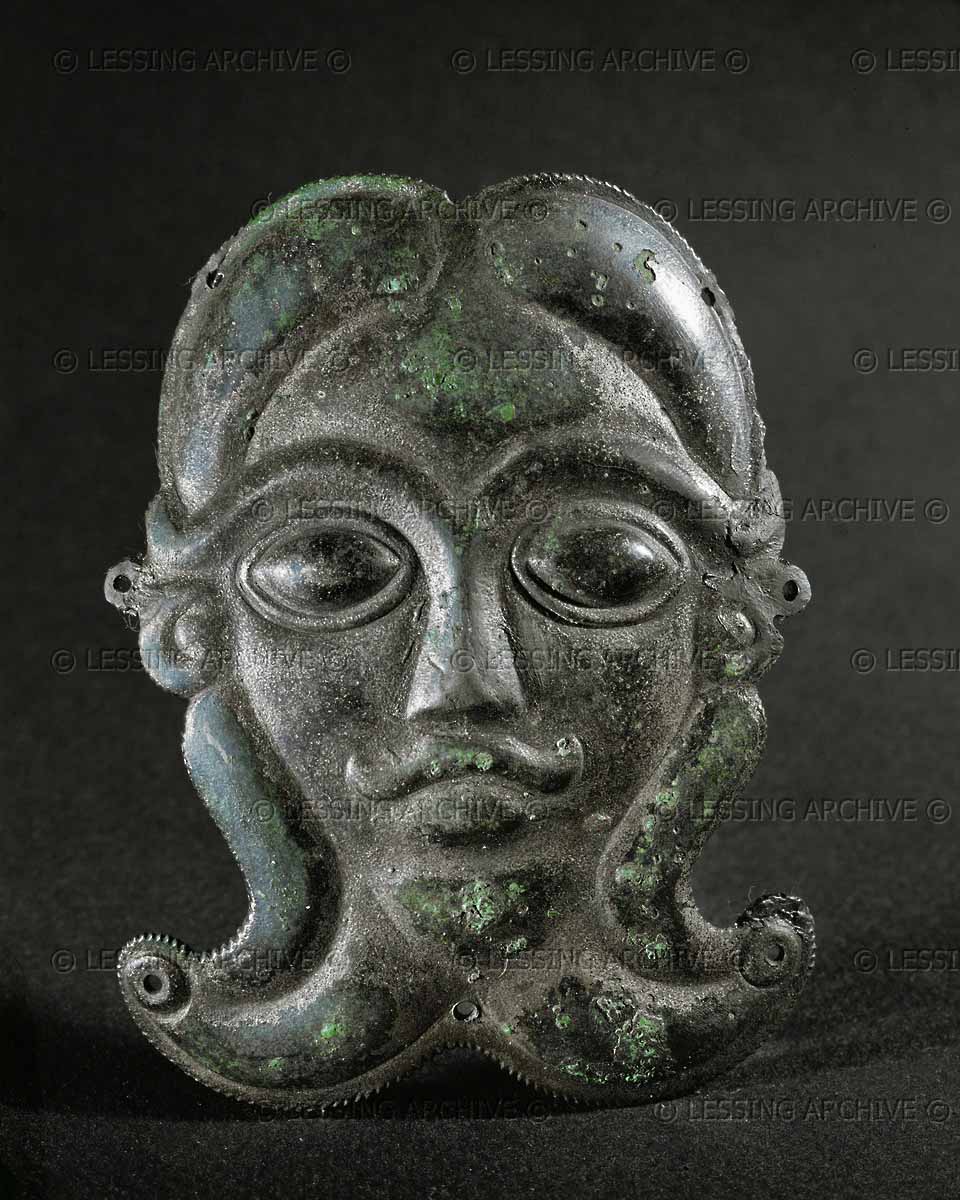
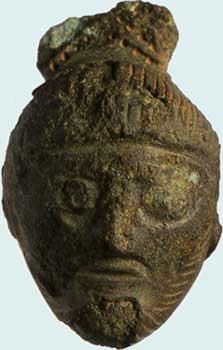
More interesting is this....as shown centrally in the above collection of images:
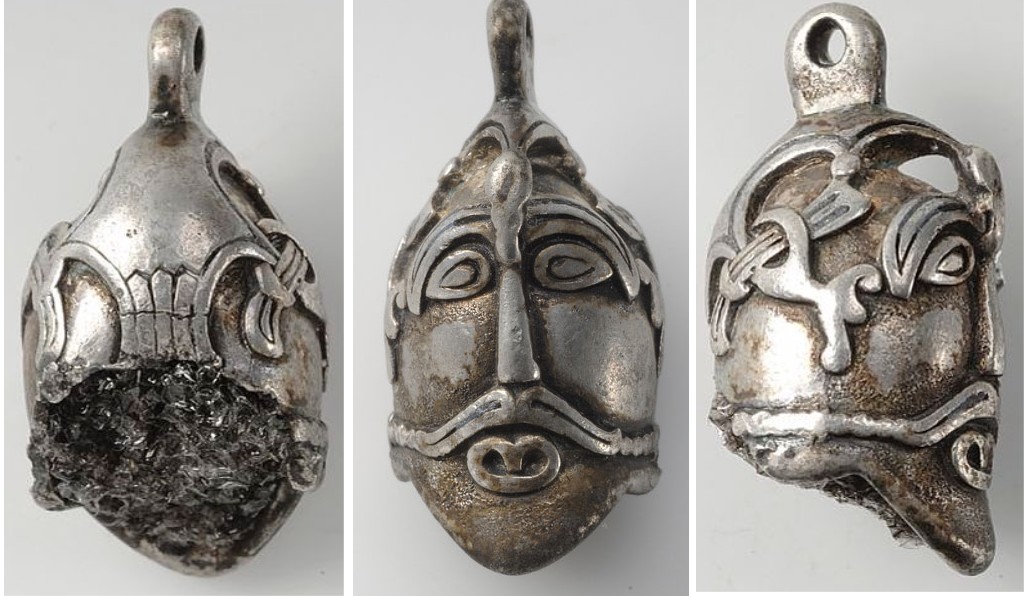
10th century Viking silver pendant Aska, Hagebyhöga. Östergötland, Sweden.
http://mis.historiska.se/mis/sok/fid.asp?fid=106604&g=1
From Gary.
That is indeed similar.
I shall pass this information onto my Finds Liaison Officer and see what she thinks.
Thank you. This has opened up a great line of historical research, even if it does turn out to be modern.
From Patrick
It is a rather specific facial expression.
There is some resemblance with the metallic representation of a Thracian king:
http://info-bg.narod.ru/heritage1.htm

But its resemblance is closer to images on anglo-saxon coins found in the UK:
http://metaldetectingtours.com/htm/artifact_coin_finds_saxon_medieval_02.shtml
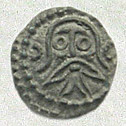
These Anglo Saxon coins of this type are usually called Woden Head.
And below are Anglo Saxon Woden head appliques.

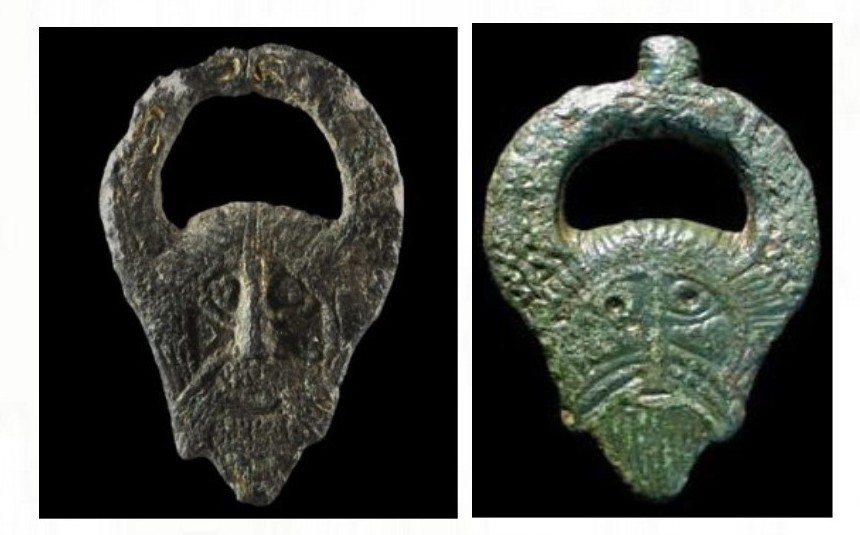
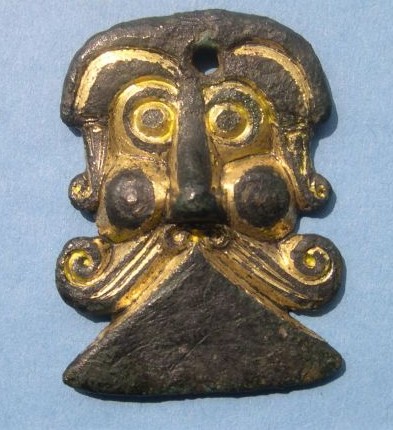


Home | About This Site | Privacy Statement | Gallery | Testimonials | Guarantees
About Collectors' Resources pages | What's New
Search | Site Map | Contact Us